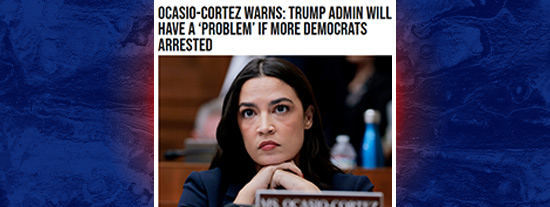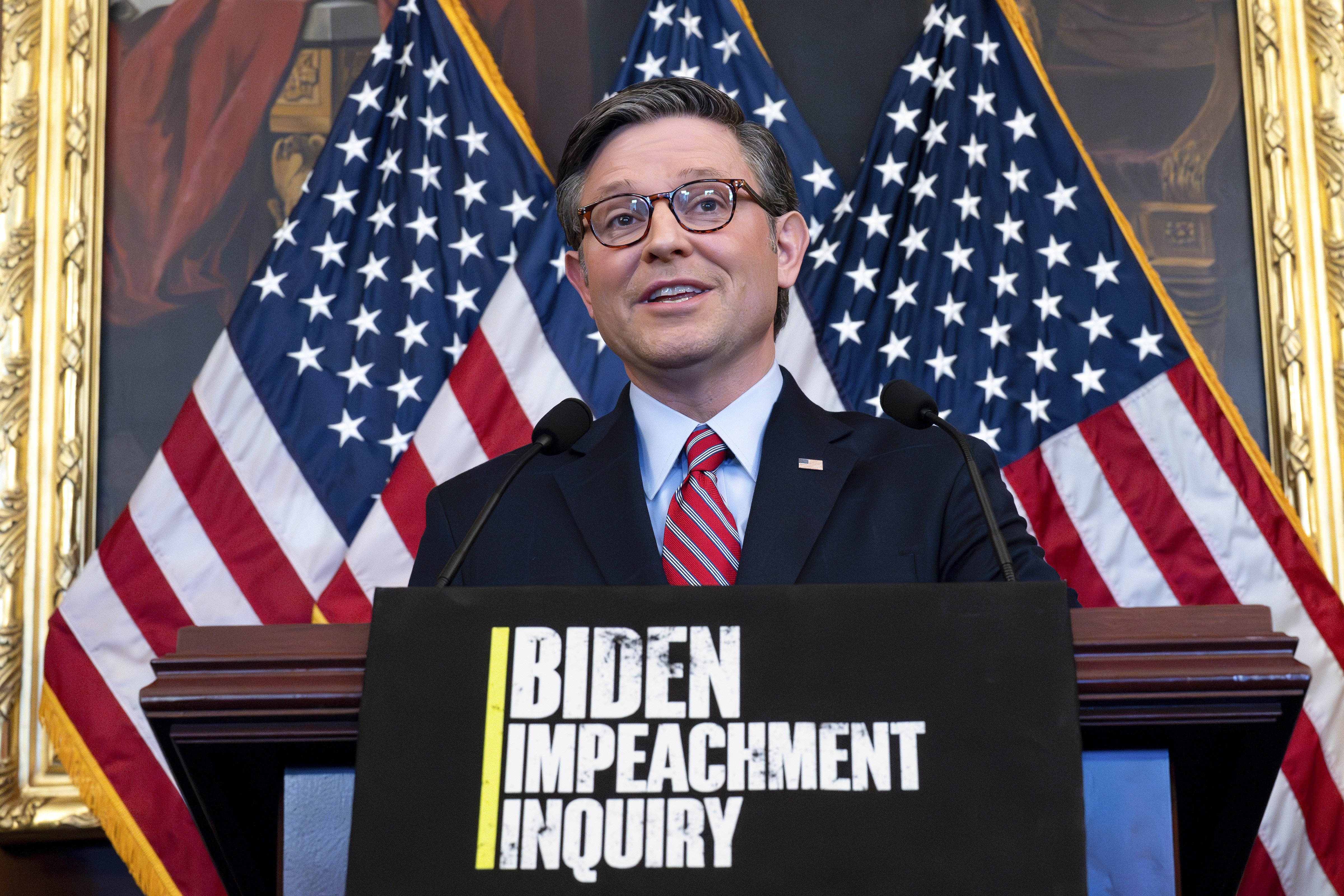Survey: More than 1-in-5 Mail-In Voters Admit to Cheating in 2020 Election

A survey by Rasmussen Reports & the Heartland Institute shows that more than 1 in 5 voters who cast ballots via mail said they had done so fraudulently.
In the survey, 21 percent of those who voted via mail in 2020 said that they had filled out a ballot, “in full or in part, on behalf a friend or a family member such as a child or spouse?”
The Heartland Institute points out that, although many states permit voters to receive help while voting, it is illegal in the United States for someone else to fill out a ballot on their behalf.
A further 17 percent of mail in voters for the 2020 election stated that they cast their ballots in a state in which they are no longer permanent residents — a violation to federal election laws. A further 17 percent of mail in voters claimed to have signed a ballot for someone else. This is also a violation under federal election law.
|
Justin Haskins, of the Heartland Institute, said in a press release that “the results of this study are nothing less than stunning”.
Over the last three years, Americans were repeatedly told that 2020 was going to be the most secure election in history. If the results of this poll are representative of reality, then the opposite is true. This conclusion was not based on conspiracy theory or suspicious evidence but rather the direct responses of the voters. [Emphasis added]
A further 10 percent of voters admitted that they knew someone who had cast a ballot by mail in a state in which they were not a resident. Another 11 percent admitted knowing someone who had signed a ballot for someone else during the 2020 elections.
Mail-in voting soared in the 2020 elections as states raced to relax election laws under the pretext of a Chinese coronavirus outbreak. The U.S. Census Bureau reported that 43 percent of voters in the year 2000 voted by mail, and 26 percent voted before election day.
The survey was conducted between Nov. 30, 2023 and Dec. 6, 2103, with 1,085 likely U.S. Voters being questioned. The margin of error for this survey is +/-3 percentage points.









No Comments